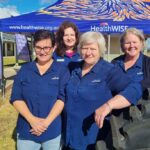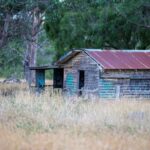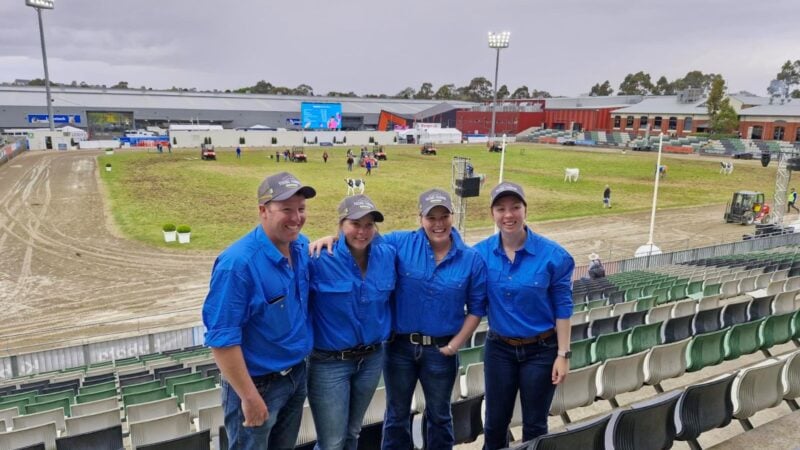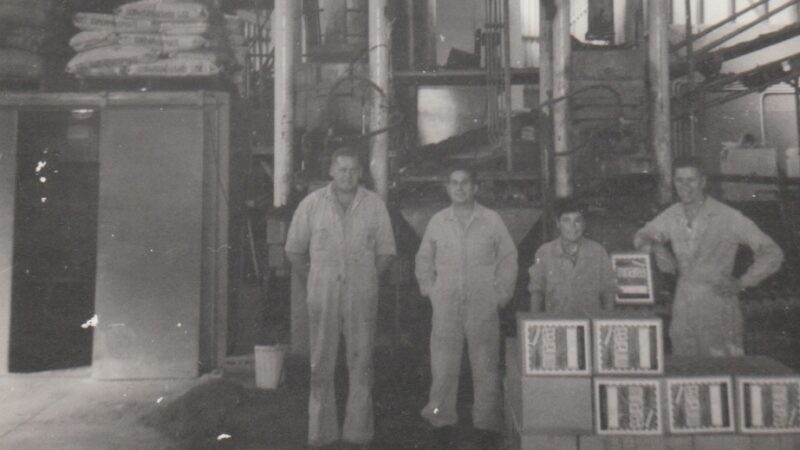In response to the pandemic, the federal government declared it delivered ‘10 years of reform…
A remote chance of care: the state of rural health
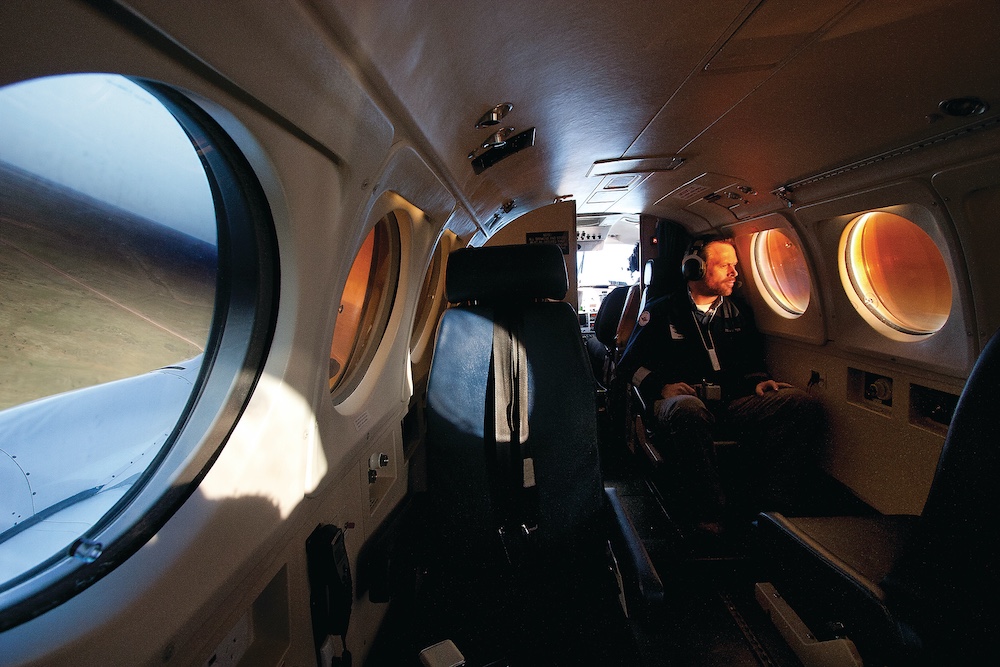
Medical services and healthcare for regional, rural and remote Australians need to change to mirror their city counterparts, according to Kathy Rankin, Policy and Advocacy Director at NSW Farmers.
Ms Rankin says improved, innovative and equitable access to health services is vital when it comes to maintaining the physical and mental health of communities in isolated areas that are now missing out on adequate services.
The depleted services in urgent need of upgrading include inpatients’ and outpatients’ resources, allied health services covering mental health, paediatric and palliative care and aged care assessment, facilities and care.
Ms Rankin says many essential services are provided in larger regional cities and towns, however, for people who are not in those areas, it often means delayed access to high quality health services and specialised treatment, adding to the already significant challenge of managing ill health.
“It’s that outer ring we are most concerned about that are losing access to medical services, not densely populated areas, but places where there may be 10 patients – they need these services as much as anyone,” she says.
“NSW Farmers holds that regional, rural and remote communities deserve excellent healthcare through ensuring timely access to the full range of services to reduce the significant divide in health between metropolitan and city and regional NSW.”
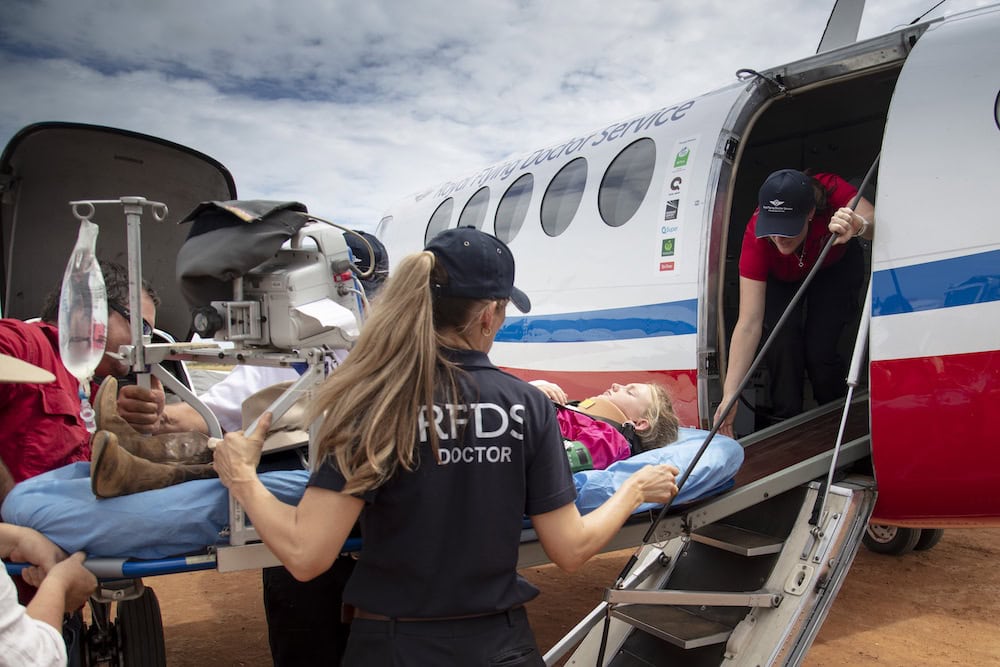
Ms Rankin says there is ongoing concern across the farming community for a priority focus to fund and provide ongoing support for service delivery in regional and remote communities.
So how big is the health service discrepancy between remote residents Australian and city dwellers?
In 2019, the Australian Institute of Health and Welfare noted that on average, Australians living in rural and remote areas have shorter lives, higher levels of disease and injury as well as poorer access to, and use of health services compared with people living in metropolitan areas.
Statistics from the Royal Flying Doctor Service ‘Best for the Bush’ report reveal females in very remote areas are likely to die 19 years earlier than city counterparts, with males 13.9 years earlier; what’s more, potentially preventable hospitalisation rates in very remote areas were 2.5 times as high as in the city.
Some of the key impacts in remote areas include barriers accessing GPs and specialists compared to major cities and staff shortages, which are responsible for the decline in services, some of which were never in place.
Five areas where improvements must be considered include the workforce, training, resources, services and health literacy, according to Ms Rankin.
“The financial cost of treatment and travel time to specialist health services must also be considered and subsidised for those in need,” she says. “While telehealth has been very a positive step, it should not be seen as a replacement for a person to person contact with a GP.”
Another area of concern is how difficult it has become attracting GPs and medical staff to these isolated areas. “We want to see more money in the system, less bureaucracy and patient services streamlined with the development of multi-service,” Ms Rankin says.
Currently, rural and remote Australians see doctors at half the rate of city residents, medical specialists and dentists at one third the rate, and mental health practitioners at one fifth. As a consequence, Australians living in rural and remote areas have up to three times the prevalence of avoidable chronic illness.
Data shows that 30 to 58 per cent of people living in outer regional and remote communities lack access to non-GP specialist services compared to six per cent of people living in metropolitan areas.
Chief Executive of the National Rural Health Alliance, Susanne Tegen says rural communities are missing essential healthcare and not receiving an equitable share of the health spending pie, despite their health needs and economic contribution to Australia’s wealth and wellbeing.
“Rural people have less healthcare access than they need, should have, and are eligible to receive,” she says. “A new report recently released by the Alliance provides data on the annual health spending deficit in rural Australia, showing $6.5 billion, which, quite frankly, is embarrassing at best, and appalling for a Western economy.”
New models of care, such as community paramedics and nurse-led clinics, should be considered to improve the sustainability of health care in rural areas. “Improving patient transport to healthcare services including outreach services is a way to improve health access and increased use of community transport and identification of patients who need transport may help,” she says.
Programs targeted at health professionals to promote the benefits of living in rural areas are needed to change the narrative around rural lifestyles from one of difficulties and stress to one of opportunities and work-life balance.
In a first for NSW, a Deputy Secretary for Regional Health, Luke Sloane (the former Coordinator General, Regional Health Division at NSW Health) has been appointed to tackle some of the key healthcare issues facing regional communities including prioritising the regional health workforce.
“I’m confident as we continue to implement the recommendations of the NSW Rural Health Inquiry, we will continue to see meaningful improvements in the provision of health care services to these important communities,” Mr Sloane says.
As well as the physical medical issues, mental health is a major concern in farming communities that face the vagaries of nature, natural disasters and a rollercoaster of financial stresses.
The National Centre for Farmers Health (NCFH) says compared to the general Australian population, rural farming communities face higher risk of suicide. The NCFH says access to mental health support is limited in rural areas, and providers may have poor understanding of the realities of a farming environment.
It has partnered with LYSN (pronounced as ‘listen’), an innovative online psychology practice, to improve access to mental health care to all farming regions through this unique online telehealth platform.
Ms Rankin classifies farming as one of the most dangerous professions due to the physicality of it, working with machinery and the unpredictability of livestock.
“If there’s an accident, the injured person needs quick access to medical help like city people have even though they may have to wait at an emergency department for some time,” she says. “It is critical for survival and people should have access to ambulance services quickly.”
The Royal Flying Doctor Service has more than 1,000 patient contacts daily and last year, 63,481 patients in rural and remote areas used telehealth services with 65 daily clinics Australia-wide.
The RFDS says on-farm death and injury is a major problem for rural and remote communities in Australia. The injury fatality rate for farmworkers is nine times higher than any other industry and they are often called to emergencies where people have been injured on the farm, whether it be while on a quad bike or using machinery.
The NSW Rural Doctors Network agreed rural communities need expanded services in mental health, oral health, drug and alcohol services and social support, plus more deliberate team-based care co-location of allied health services in GP practices nurse-led clinics.
Retired occupational therapist and NSW Farmers health spokesperson, Sarah Thompson says rural health is not something you can improve by simply throwing money at it – it needs a rethink and new models as well as commitment and focus to deliver the services that are needed.
“We recognise and appreciate the funding that has been invested in regional health, but we need an equal focus on building the number of health professionals working within these facilities and provide services across the community,” she says. “Ultimately, regional, rural and remote communities deserve excellent healthcare and that’s what we want to see achieved.”
The Royal Flying Doctor Service’s dental vans
There are few healthcare providers in the bush as iconic as the RFDS, but surprisingly, the service does more than just doctors on the books, and more than just flying. Dr Lyn Mayne, Rural and Remote Dental Manager and Senior Clinician for the RFDS’s South Eastern Section, talks us through the RFDS’s dental van program.
“The dental van rotates through more remote areas, providing access to dental care for patients who would otherwise have to travel long distances or would otherwise not receive dental care,” she says. “The van covers our network from both Broken Hill and Dubbo, extending into some communities in South Australia and Queensland, but mainly in NSW. As the dental van has full sterilisation facilities and an x-ray unit, a full range of treatment is possible.”
Treatment services include extractions, restorations, root canal treatments as well as ‘check and cleans’. “We also provide toothbrushing programs in schools, ‘Mums and Bubs’, and aged care programs where residential facilities exist,” says Dr Mayne. “Our trainee Indigenous dental assistants are key personnel in providing community-based care, and provide a point of contact for locals, and enable us to have a better understanding of community’s needs.”
Complex or multidisciplinary cases can present challenges in terms of timing and personnel, but because the RFDS employs a range of practitioners across the spectrum of healthcare provision, there are opportunities for collaboration, to solve problems in-house – but not always.
“The dental team works closely with the RFDS primary health teams, including GP services and mental health and drug and alcohol to provide a holistic approach to patient care,” says Dr Mayne, “but some more complex procedures such as surgical removal of impacted wisdom teeth, crown and bridge work, and dentures are referred to either the Area Health Service or private dentists.
Our team of dentists, oral health therapists and dental assistants monitor, order and stock both the dental van and outreach clinics. Radiology services such as OPG are referred to the nearest possible location. Unfortunately, this can delay treatments, and patients may have to travel long distances to access these services.”



